Podcast Episode · Your Brain On · 05/07/2025 · 52m
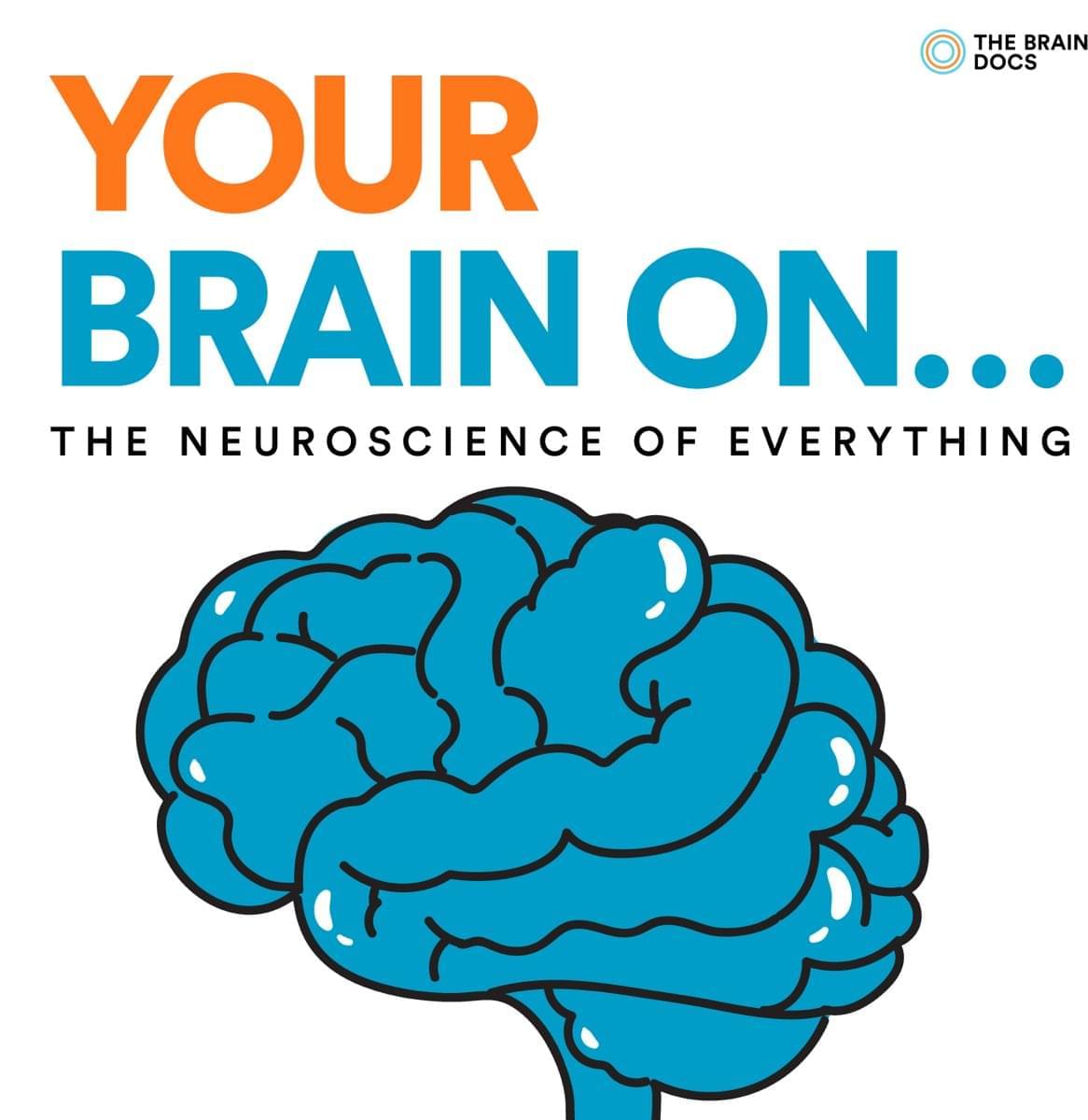

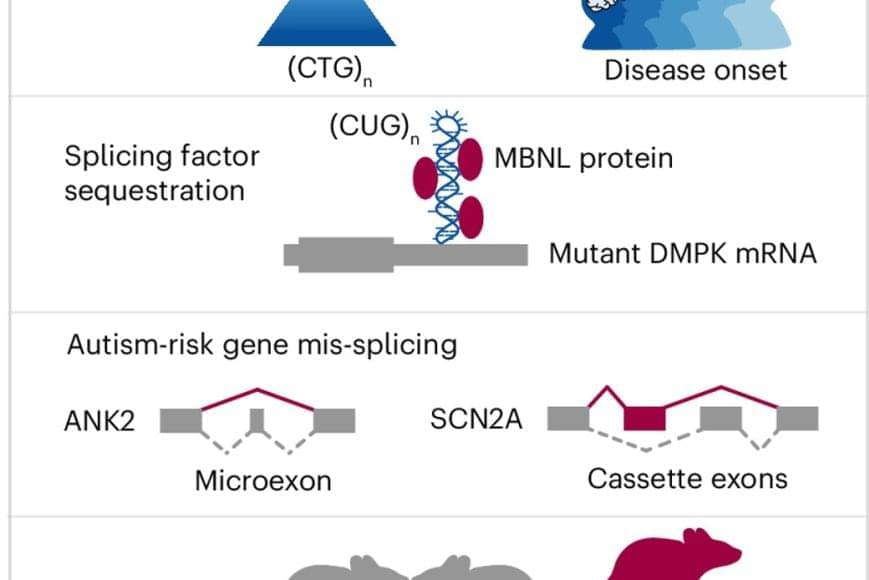
A recent discovery of a molecular connection between autism and myotonic dystrophy, a type of neuromuscular disease, may provide a breakthrough on how clinicians approach autism spectrum disorder.
The new study by an interdisciplinary team of biomedical scientists, published in Nature Neuroscience, used myotonic dystrophy as a tool or model to learn more about autism – effectively using one disorder to better understand the other.
“We identified a new pathway that can lead to autism,” said the research lead. “We found that a genetic mutation in a certain gene can disrupt the expression of multiple autism-related genes during brain development, causing autism.”
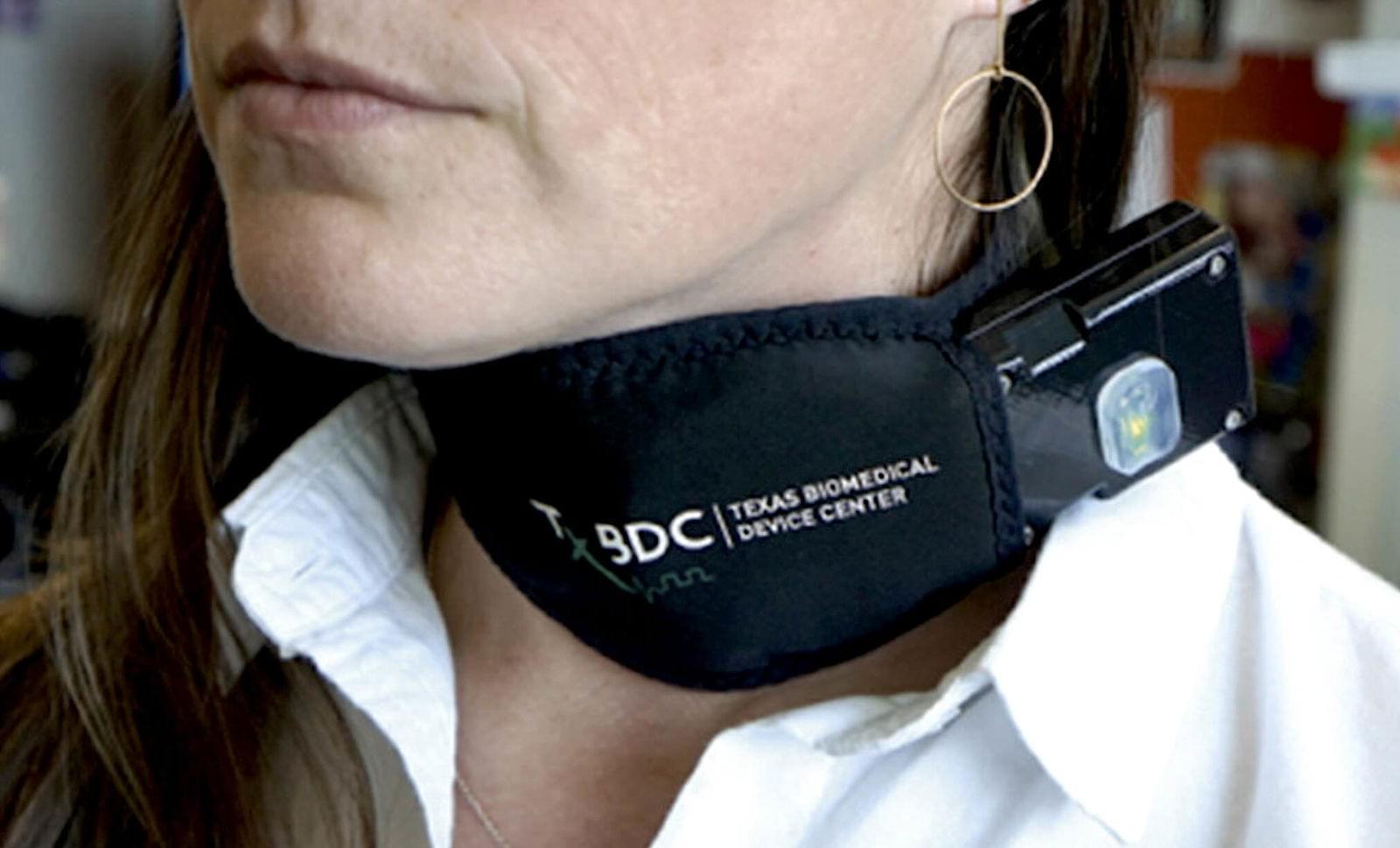
Groundbreaking research has revealed a new method of potentially eliminating hard-to-treat post-traumatic stress disorder (PTSD) diagnoses in patients by employing a novel kind of therapy: stimulation of the vagus nerve.
The new treatment offers new hope for those long afflicted by PTSD diagnoses that have traditionally proven to be resistant to conventional treatment methods.
Scientists from the University of Texas at Dallas (UTD) and Baylor University Medical Center conducted the research, discovering that participants were symptom-free for up to six months after completing the experimental therapy.

Summary: New research reveals a striking gap between people’s theoretical desire to know their Alzheimer’s disease risk and their real-life decisions when results are actually offered. In a study of cognitively normal volunteers, only 60% chose to learn their estimated risk when given the chance, despite 81% expressing prior interest.

So size does matter?
Mammal’s lifespans linked to brain size and immune system function, says new study.
The researchers looked at the maximum lifespan potential of 46 species of mammals and mapped the genes shared across these species. The maximum lifespan potential (MLSP) is the longest ever recorded lifespan of a species, rather than the average lifespan, which is affected by factors such as predation and availability of food and other resources.
The researchers, publishing in the journal Scientific Reports, found that longer-lived species had a greater number of genes belonging to the gene families connected to the immune system, suggesting this as a major mechanism driving the evolution of longer lifespans across mammals.
For example, dolphins and whales, with relatively large brains have maximum lifespans of 39 and up to 100 years respectively, those with smaller brains like mice, may only live one or two years.
However, there were some species, such as mole rats, that bucked this trend, living up to 20 years despite their smaller brains. Bats also lived longer than would be expected given their small brains, but when their genomes were analysed, both these species had more genes associated with the immune system.
The results suggest that the immune system is central to sustaining longer life, probably by removing aging and damaged cells, controlling infections and preventing tumour formation.
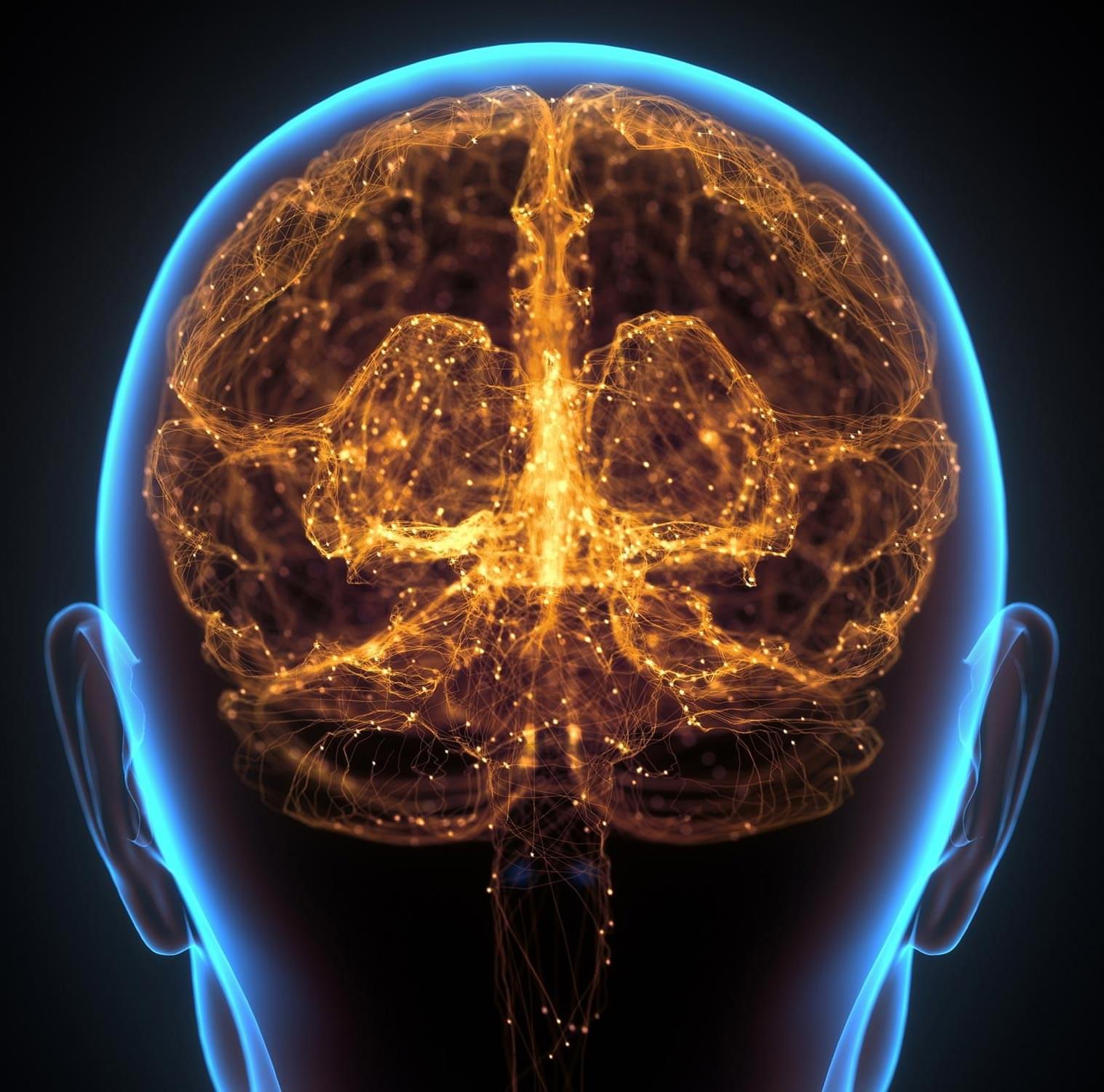
Hypertension and other health risks accelerate brain aging, as shown in a 16-year study using MRI data and predictive modeling.
Chinese scientists have conducted a population-based cohort study to examine the long-term impact of unhealthy lifestyles, metabolic abnormalities, and other risk factors on brain aging. The findings showed that these factors significantly accelerate brain aging, and the researchers proposed strategies to support brain health. Their study was published in Research.
Background.


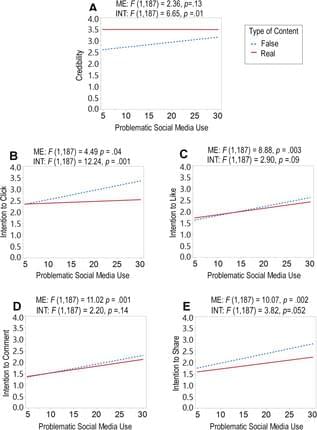
Social media use is ubiquitous in our modern society, and some individuals display excessive, maladaptive use of these online platforms. This problematic social media use (PSMU) has been associated with greater impulsivity and risk-taking. Importantly, studies in healthy individuals have demonstrated that greater cognitive impulsivity is associated with a greater susceptibility to online “fake news.” Therefore, we hypothesized that PSMU would be associated with believing in and engaging with fake news. To address this, we conducted an online, within-subject experiment in which participants (N=189; female=102, male=86, prefer not to disclose=1; mean age=19.8 years) completed a fake news task. This task presented participants with 20 news stories (10 real and 10 false, in random order) formatted as social media posts. We assessed participants’ credibility judgments of these news posts, as well as participants’ intentions to click, like, comment, and share these posts. We also assessed participants’ degree of PSMU and then related this measure to their performance in our task. We conducted a repeated measures analysis of variance (ANOVA) with a mixed model approach, and it revealed that the greater one’s PSMU, the more one finds specifically false news credible. We also found that the greater one’s PSMU, the greater one’s engagement with news posts, agnostic to the type of content (real or false). Finally, we found that the greater one’s PSMU, the greater one’s intent to click on specifically false news. Our research demonstrates that individuals who experience the most distress and impairment in daily functioning from social media use are also the most susceptible to false information posted on social media. We discuss the clinical implications of our findings.
Citation: Meshi D, Molina MD (2025) Problematic social media use is associated with believing in and engaging with fake news. PLoS ONE 20: e0321361. https://doi.org/10.1371/journal.pone.
Editor: Stefano Cresci„ National Research Council (CNR), ITALY
